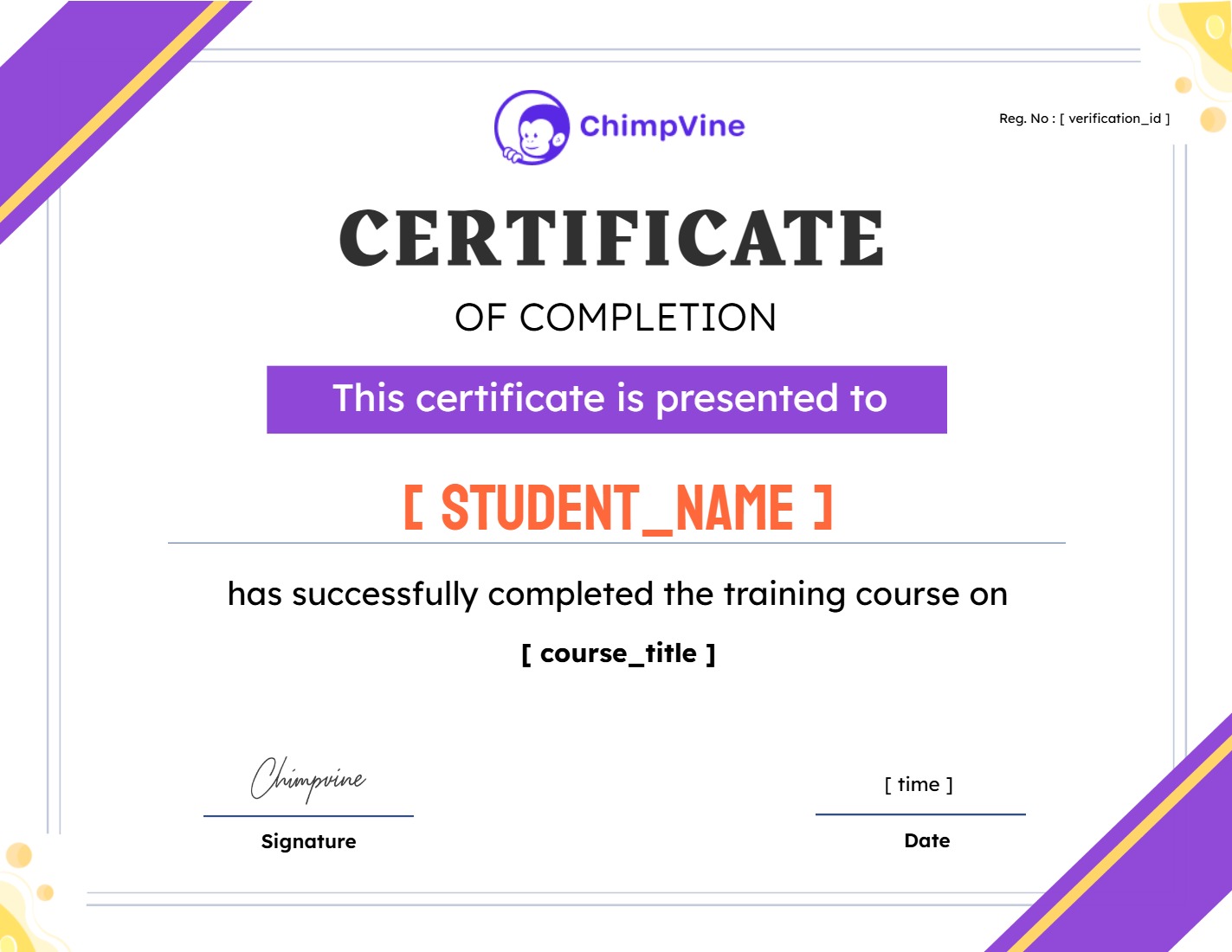Integrating AI into Teaching Practice
About Course
Part 1: Introduction
In the Intermediate Level of this course, you’ll move beyond the basics to meaningfully integrate AI into your teaching. While our Beginner Level covers AI foundations and responsible classroom use, this stage is for educators ready to apply AI tools directly to lesson planning, student support, and curriculum delivery.
What You’ll Learn:
- Align AI tools with curriculum objectives
- Design personalized learning experiences for diverse student needs
- Automate assessments and feedback to save time and increase accuracy
- Integrate AI effectively within your specific subject area
- Guide students in building their own AI literacy
You’ll combine theory with hands-on practice through guided exercises, real classroom examples, and tool demonstrations. We’ll also address common challenges and misconceptions to help you use AI with clarity, confidence, and purpose.
By the end of this level, you’ll be equipped to make AI a practical, ethical, and powerful part of your teaching toolkit. Let’s move forward—with purpose, creativity, and confidence.
Part 2: Pedagogical frameworks for AI integration
As AI becomes a part of modern teaching, it’s not just about using new tools—it’s about using them with purpose. Pedagogical frameworks help guide these decisions, ensuring AI supports strong teaching practices rather than replacing them.
In this module, we’ll look at how AI fits into three key educational models:
- TPACK (Technological Pedagogical Content Knowledge): Emphasizes the balance between what you teach, how you teach, and the tools you use.
- SAMR (Substitution, Augmentation, Modification, Redefinition): Helps evaluate how deeply AI transforms classroom tasks.
- Constructivist and Student-Centered Approaches: Focus on exploration, inquiry, and student agency—where AI can personalize learning and support active engagement.
By aligning AI tools with these frameworks, you’ll learn to:
- Make instruction more adaptive and inclusive
- Enhance student engagement and autonomy
- Streamline planning and feedback
- Use AI ethically and responsibly
The goal is not to replace the teacher—but to expand what’s possible in your classroom.
Part 3: Research on AI effectiveness in education
AI is often seen as the future of education—but current research shows it’s already making a meaningful impact when used thoughtfully and supported by strong pedagogy.
Key findings include:
- Improved Student Outcomes: AI-powered personalized learning tools can enhance performance, especially in subjects like math and reading, by adapting to individual student needs.
- More Time for Teaching: Automating routine tasks with AI allows teachers to focus more on engaging students, planning lessons, and providing deeper instruction.
- Enhanced Feedback: AI can offer instant feedback to students, but it’s most effective when combined with teacher guidance to support real learning.
- Teacher-Led Implementation is Key: The success of AI tools depends less on the technology itself and more on how well it’s integrated into teaching—with clear goals, appropriate use, and ethical practice.
AI has strong potential to enhance education, but its true power lies in how educators use it—creatively, responsibly, and with purpose.
Part 4: Aligning AI tools with curriculum objectives
Using AI in the classroom isn’t just about innovation—it’s about purpose. The key is alignment: ensuring the AI tools you choose directly support your learning objectives.
Here’s how to keep AI use meaningful:
- Start with Objectives: Begin every lesson by identifying what you want students to learn. Let those goals guide your AI choices—not the other way around.
- Use AI to Support, Not Replace: Tools like lesson planners and worksheet generators should enhance instruction, not do the learning for students. Focus on reinforcement, practice, and scaffolding.
- Match Tools to Thinking Levels: Align AI tasks with Bloom’s Taxonomy. Use AI for lower-order tasks (like recall and summaries) or as a support for higher-order thinking (like analysis or creation).
- Check for Alignment: Before using any tool, ask:
- Does this support my learning goal?
- Is it age-appropriate?
- Will it build the targeted skill?
- Am I still guiding the process?
AI tools work best when they are purposefully selected and directly connected to your teaching goals. When aligned with your curriculum, they become valuable partners in delivering focused, effective, and student-centered learning.
Part 5: Addressing challenges and misconceptions
AI becomes more common in education, so do questions and concerns—and that’s completely natural. Integrating AI isn’t just about learning new tools; it’s about shifting how we think about teaching and technology.
Here are key insights to help educators move forward with clarity and confidence:
- AI Won’t Replace Teachers
AI supports, not substitutes. It can automate tasks and offer ideas, but only teachers build relationships, respond to real-time needs, and inspire learning. - You Don’t Need to Be a Tech Expert
AI tools can be simple to use. Many require only a topic and a few clicks. Start small with low-risk tasks, and grow your comfort over time. - Alignment Matters More Than Features
The best results come when AI tools are chosen to support your learning goals—not just because they’re available. Always start with your objective, then match the right tool. - Student Misuse Is a Teaching Opportunity
Like all technologies, AI needs guidance. Teach students responsible use, model transparency, and foster conversations around ethics and digital literacy. - AI Isn’t Perfect—But That’s Why You Matter
AI can make errors or reflect bias. Your professional judgment ensures its outputs are accurate, fair, and appropriate for your classroom.
You don’t need to master everything at once. With thoughtful use, AI becomes a powerful ally—saving time, supporting creativity, and strengthening your teaching, not replacing it.
Course Content
Integrating AI into Teaching Practice
-
Video
01:28
Pedagogical frameworks for AI integration
Research on AI effectiveness in education
Aligning AI tools with curriculum objectives
Addressing challenges and misconceptions
Earn a certificate
Add this certificate to your resume to demonstrate your skills & increase your chances of getting noticed.

Student Ratings & Reviews

